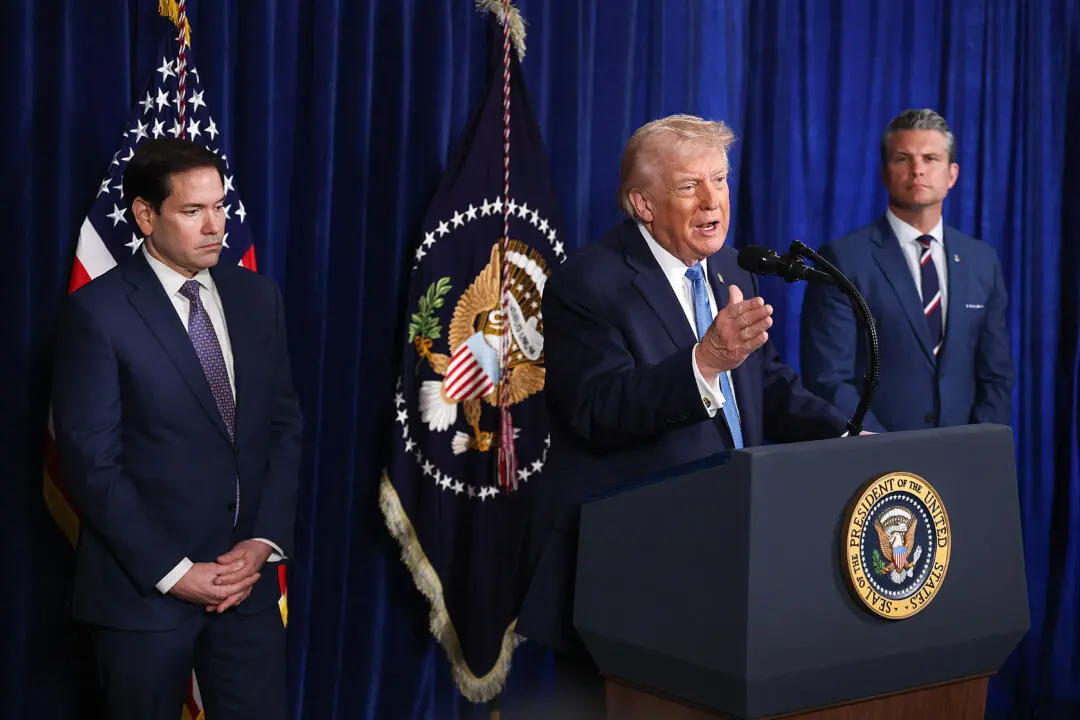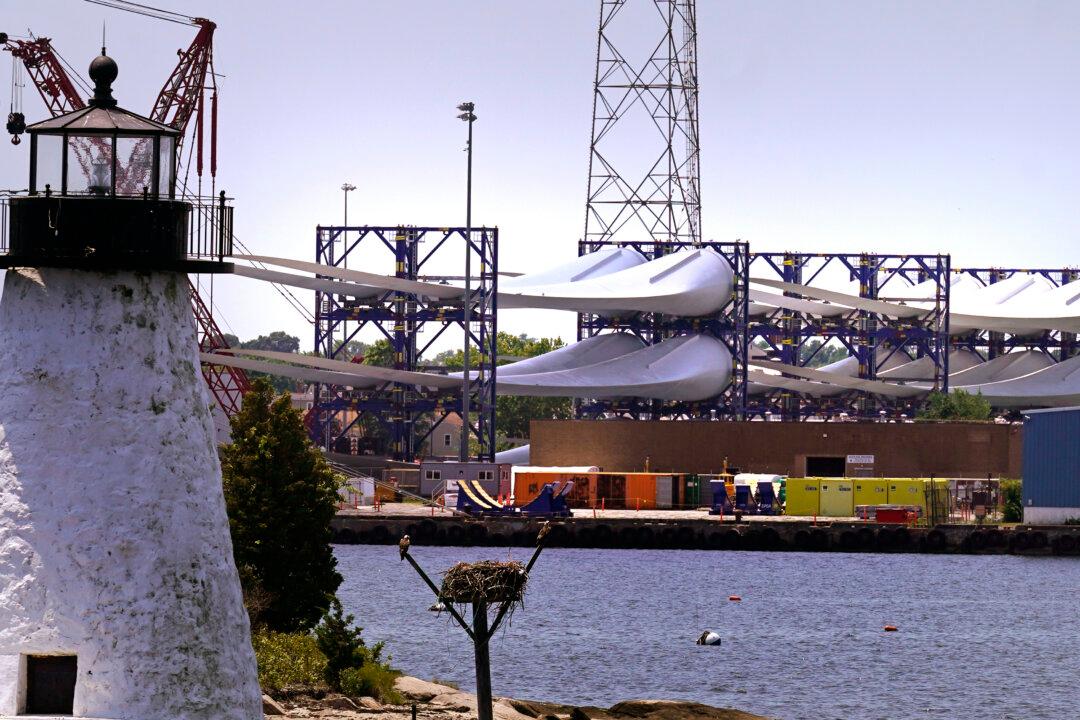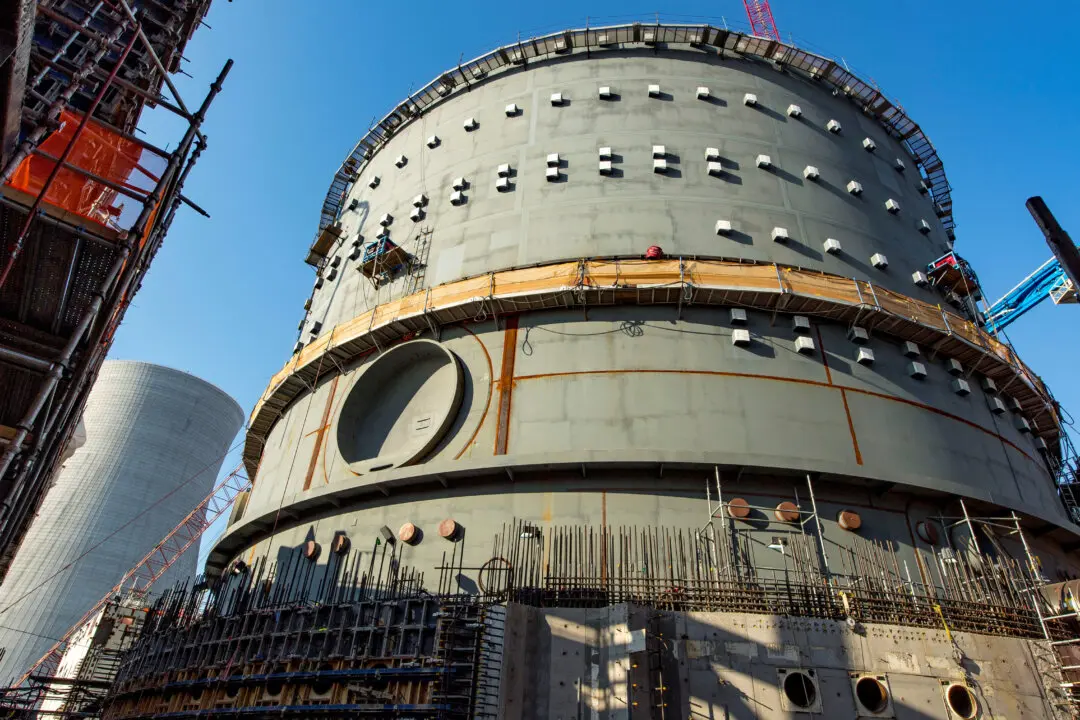After decades of underinvestment in the nation’s port infrastructure and maritime industries, American-flagged ship operators, domestic seaport operators, and maritime commerce analysts called on the federal government to “fund port infrastructure projects at the level on par with other modes of transportation” during a joint April 5 congressional hearing in the Port of Miami.
“The very unfortunate incident last week in Baltimore Harbor is making the case that our prosperity, which relies to a great extent on maritime trade, is not as secure as it once was,” Heritage Foundation Senior Research Fellow Brent Sadler testified before the House Transportation and Infrastructure Committee’s Coast Guard and Maritime Transportation Subcommittee and the House Homeland Security Committee’s Transportation and Maritime Security Subcommittee.





